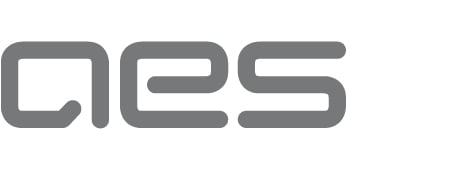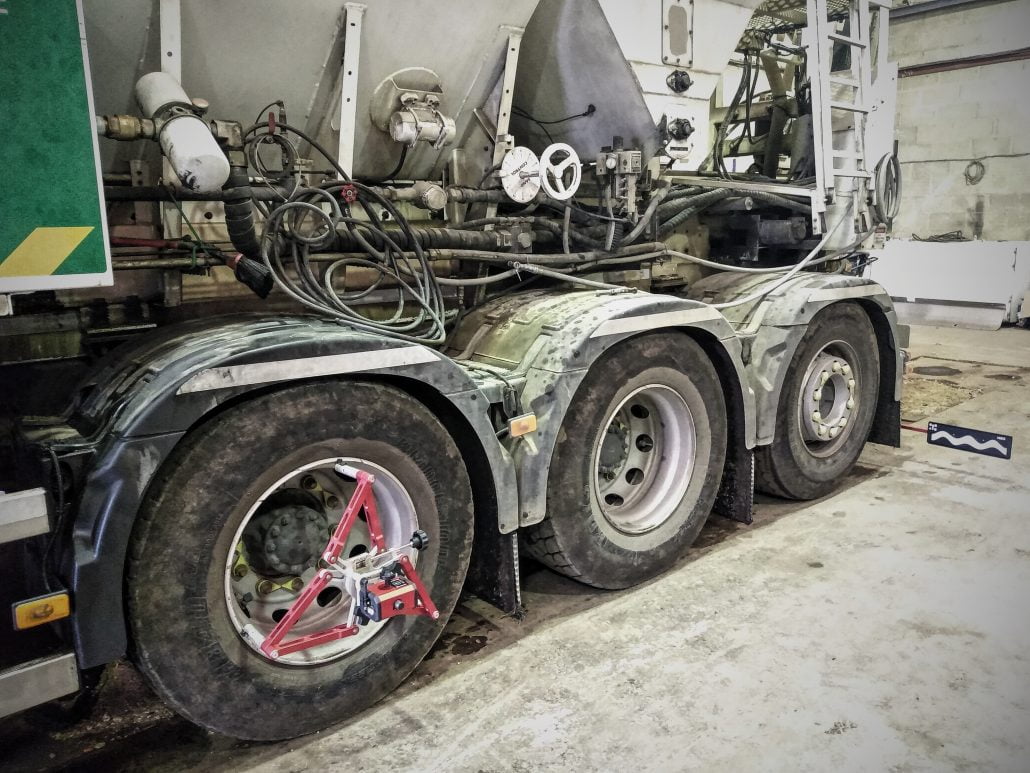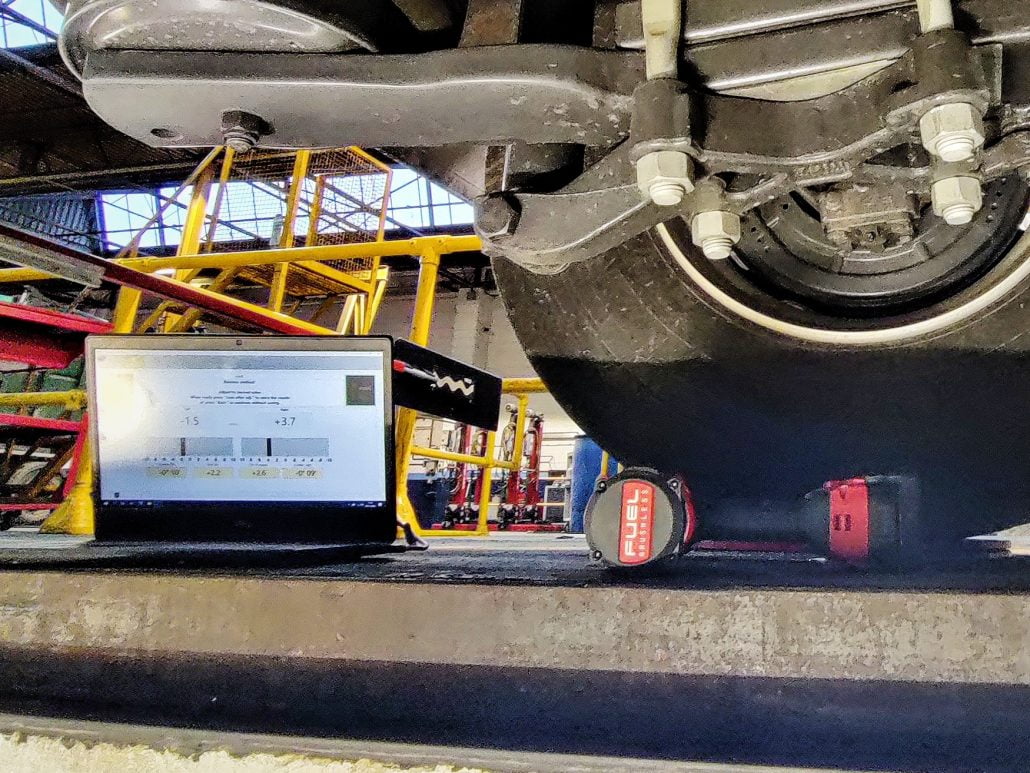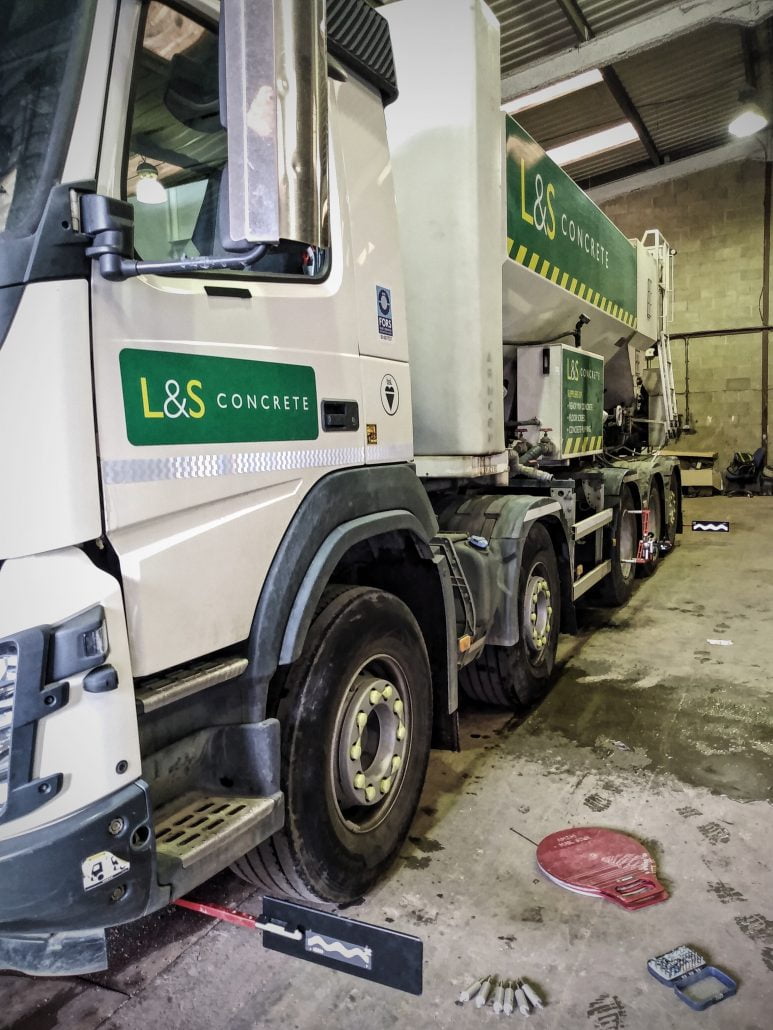Tyre wear specialist tackles mis-aligned HGVs with sustainable Josam solution
TyreWatch, the smart technology tyre monitoring experts are using the latest JOSAM Cam-aligner wheel alignment system to diagnose and correct mis-aligned vehicles which the company says, represents 33% of the UK logistics industry.
Supplied by JOSAM’s UK distributor Automotive Equipment Solutions UK (AES UK) the JOSAM Cam -aligner is a compact, mobile system which uses patented camera technology together with the ‘centreline principle’ to determine the position of axles and individual wheels in relation to the square of the vehicle.
TyreWatch Field Service Technician, Gary Jerrim, explains:
“This system lines up to the whole vehicle frame and with just a half turn of the wheel, all readings are sent to the laptop, including steering box, camber, out-of-square and toe, to allow instant diagnosis and subsequent adjustment where possible. Less advanced wheel alignment systems typically just check from the drive axle or hang off the wheel itself but because many of these can be out of alignment, or in the case of wheels (damaged), it’s impossible to get accurate readings and complete alignment of all the vehicle’s independent working parts.”
According to TyreWatch, just one degree out of alignment between the wheels and/or the vehicle centre will cause a 10% deficiency in tyre wear, resulting in a reduction in fuel consumption, additional engine strain and potential blow-outs from overheating.
Also, says Gary, the ongoing mechanical stress caused to the drive axles and steering system will compromise the vehicle’s performance, while from an environmental standpoint, continual tyre abrasion greatly contributes to air pollution as micro particulates are dispersed into the atmosphere.
To guard against unnecessary cost, safety issues and harmful emissions, TyreWatch use their unique smart-connected technology, harnessing real-time telematics communication, to monitor special wheel-mounted sensors and download all relevant data concerning the status of each tyre.
From this information any cases of excessive wear are automatically identified and relayed to the vehicle operator, who can then take the necessary steps to diagnose alignment issues and adjust as necessary.
“This is where the Cam-aligner comes in – sort of full circle,” adds Gary Jerrim “the added advantage is that owing to the lightweight mobility of the system, we can go straight to the vehicle to carry out all requisite checks and corrections and the operator saves on the downtime and cost of having to send the vehicle back to the dealer.” In this regard, Gary points out that the system is approved by OEMs such as Mercedes-Benz Truck, Bus & Van, Scania, Volvo and Renault Truck and Van.
A 2018 report prepared for Friends of the Earth by Eunomia Research found that automotive tyres are responsible for approximately 13,000 tonnes of micro particulates entering the Earth’s atmosphere every year. A similar report released by the World Health Organisation, says that tyre-wear accounts for nearly half of road transport particulate emissions and eventually becomes the second-largest micro-plastic pollutant in our oceans after single-use plastics.
Further, award-winning research carried out by the Tyre Collective (Imperial College) and shared by TyreWatch, also establishes the strong correlation between poor tyre husbandry and excessive pollution.
However, Tom Coad, Director at Automotive Equipment Solutions UK, is in no doubt regarding the contributory factors or the potential solutions to combat the problem:
“There are numerous studies which share the common conclusion that tyre wear is a major source of air pollution. Our own recent industry research found that 60% of vehicle operators only attend to tyre wear issues once a problem has been identified. This ‘reactive’ approach highlights two key areas of concern; the first being that incorrect alignment increases rolling resistance and therefore increases fuel consumption – which can never be retrieved. The second is that incorrect alignment results in premature tyre wear and once a tyre has started to wear unevenly it is virtually impossible to retrieve, so it will continue to wear unevenly. Taking this approach, the costs to business and the environment are significant.”
These conclusions are shared by TyreWatch: “Proactive tyre management,” adds Gary “as advocated by AES UK and us is undoubtedly the best policy. Even the smallest axle displacement left undiagnosed, can cause a noticeable effect. If for example, one wheel rolls 5mm per metre to the right and the other wheel rolls 5mm to the left, the wheels will constantly attempt to diverge from each other, which causes rolling resistance, uneven tyre wear and increased fuel consumption.”
By combining the wheel-alignment solutions provided by AES UK with the application of their sustainable ‘connected tyre technology’, TyreWatch aims to reduce tyre failure and improve road safety while keeping transport and environmental costs down.
